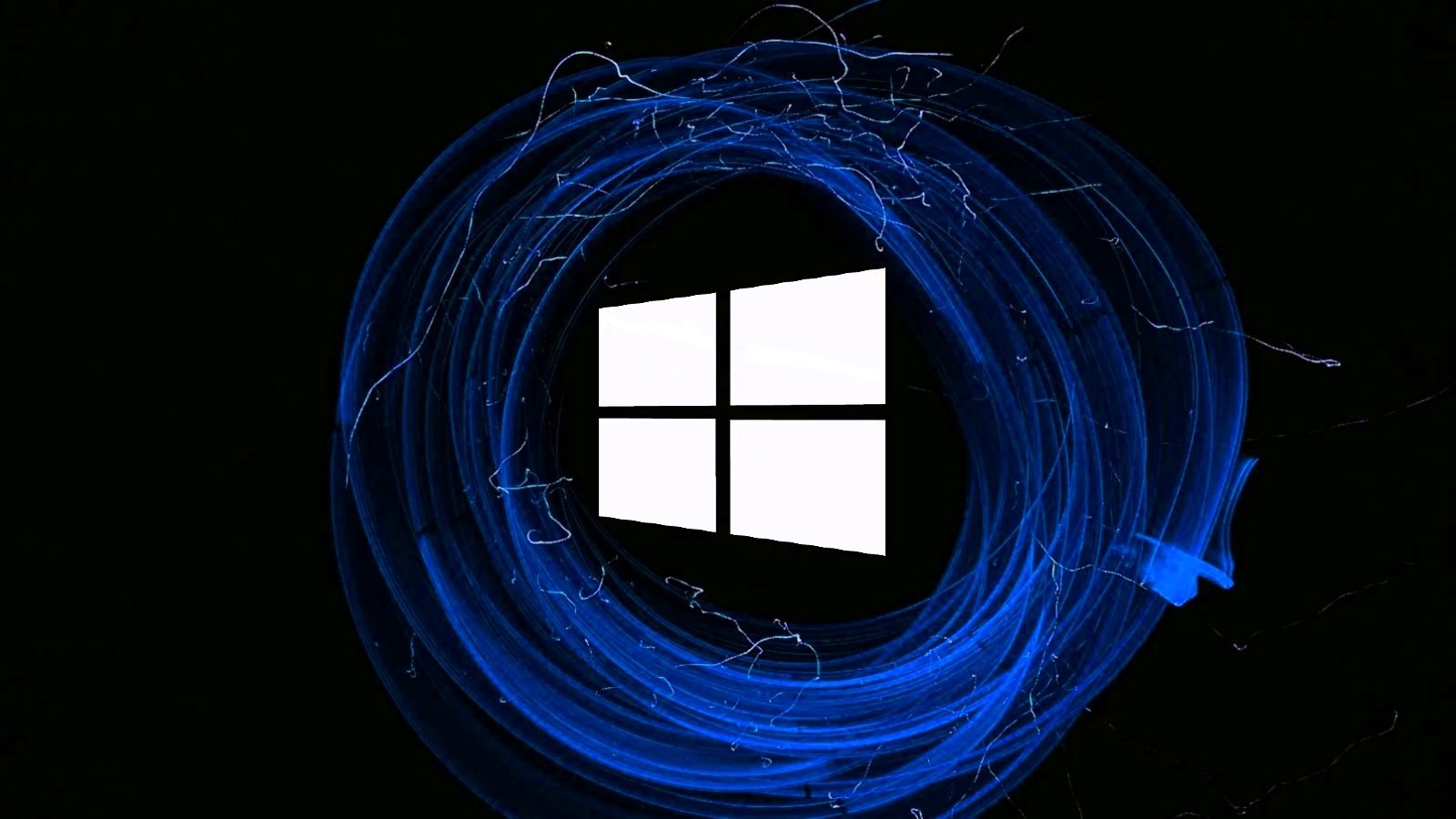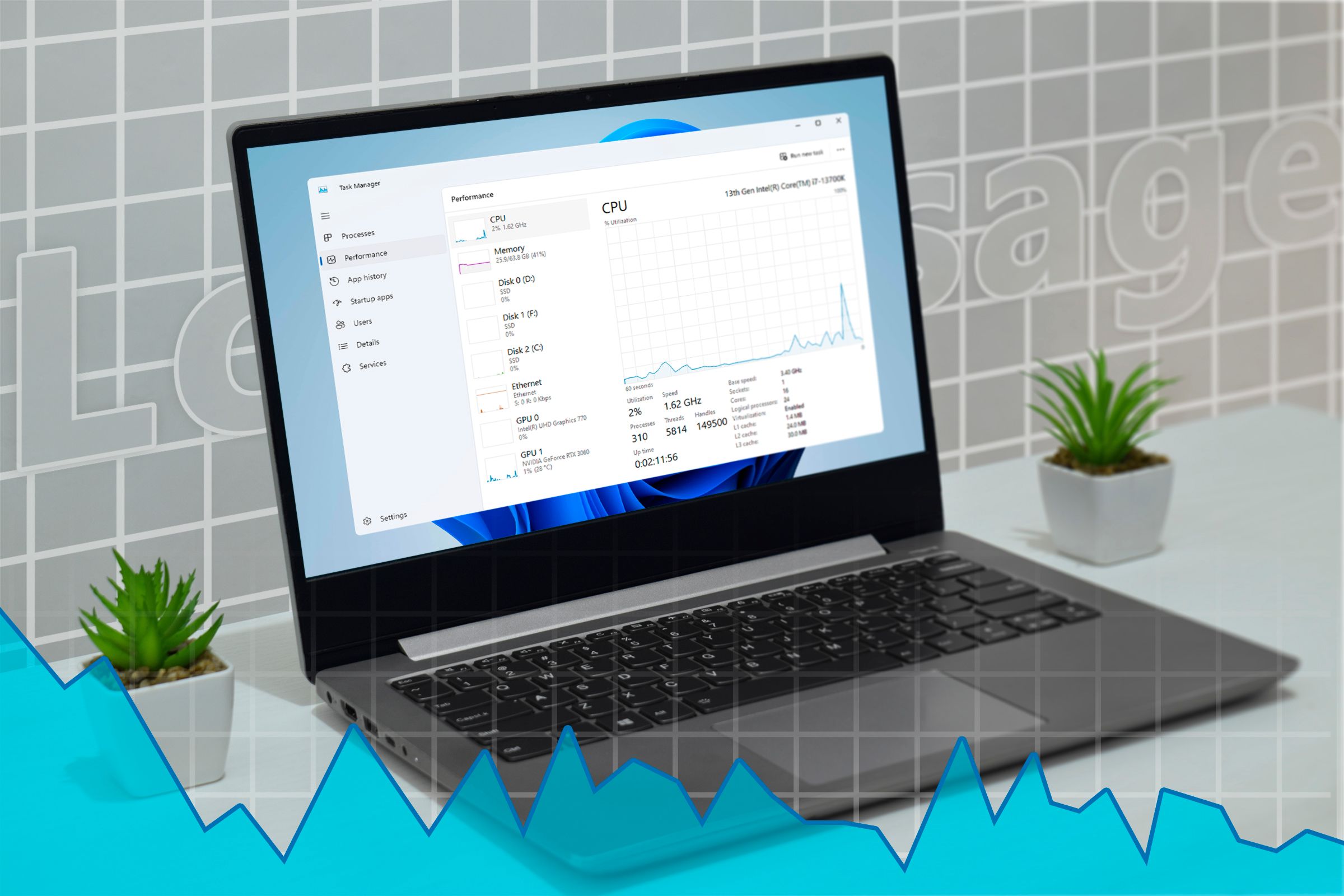Delete Your Information From People-Search Sites

There are a couple of benefits to going through the data removal process yourself. For starters, it’s free, though some sites may require you to mail in requests (which would require purchasing envelopes, stamps, and the cost to order printouts if you don’t already have the means to print at home). You can also ensure a more thorough scrubbing than many data removal services deliver.
The downside to removing your information from these sites is that it’s time-consuming. If you want to pay a service to take care of it for you, we’ve listed some options further down this story.
To get started on your own, you can consult an alphabetical list of more than 50 data brokers and opt-out links that I’ve maintained since September 2017; it’s available as a Google Doc and on GitHub, a site used mainly by programmers to share information and collaborate on projects. I update it several times a year.
If you’re pressed for time, you might want to start with a few well-known data broker sites, including BeenVerified, CheckPeople, ClustrMaps, Dataveria, Intelius, MyLife, Nuwber, PeopleFinders, PublicDataUSA, Radaris, Spokeo, ThatsThem, and Whitepages.
If you want to get through all the data broker sites listed, though, make sure to set aside a good chunk of your day, get snacks ready, and cue up some music. Keep track of how far you’ve gotten in case you need to step away. Some apps and services can make it easier to submit these requests, but it’s not a catch-all solution. CR’s free Permission Slip, for example, makes it easy to opt out of Infotracer, Intelius, and PeekYou, but that’s a small fraction of the overall field.
Gather Your Required Documents
Ironically, it’s sometimes necessary to provide data brokers with some personal information to get them to remove your data. We recommend checking to see whether the site has your information listed before sending any data to help remove it. That way, you’re not unnecessarily providing sensitive personal information to companies without receiving any benefit from it (especially important, given that some services may not have great data hygiene).
You can also minimize the information you do provide. For example, some data broker sites require a copy of your driver’s license or other official ID before allowing you to opt out, but you can cross out your license ID number and Social Security number (if it’s on your ID) before sending it in.
Whether you’re on an iPhone or an Android phone, there should be a built-in photo editing and markup tool you can use to draw over anything you’d like to keep private.
Another option is to use the secure Signal messaging app’s Blur feature. Just tap the blur icon in the toolbar at the top of the screen and color in any areas you’d like to keep private. Then, tap on the check mark icon in the top right corner of the screen to save the image.
Because several data broker opt-out pages require you to send a letter, opt out by phone, or even use a fax machine, you may also need some stamps and envelopes handy. To send a fax without finding a fax machine, you can sign up for a free trial of a fax app. Dropbox Fax is a popular option with a free tier that lets you send up to 5 free fax pages. Other fax services may offer a limited-time free trial; just make sure to cancel when you’re done.
If you keep track of which data brokers need requests in specific formats (such as mail, phone, or fax) and which need IDs, you can chunk these together once you’re done with the quicker, easier online opt-out forms. Just write down the names of the sites where you haven’t completed the process (or keep the browser window open until you have).
Removing your contact information from data broker sites isn’t always a one-time thing. You’ll want to go back to the same sites that removed your data to make sure it’s gone. To speed up the process, take note of any sites that you’ve opted out of. You can use the list to check again weeks or months later to make sure your information is truly gone. Otherwise, you’ll need to opt out again. It’s also a good idea to go through the entire process around twice a year.
Source link











